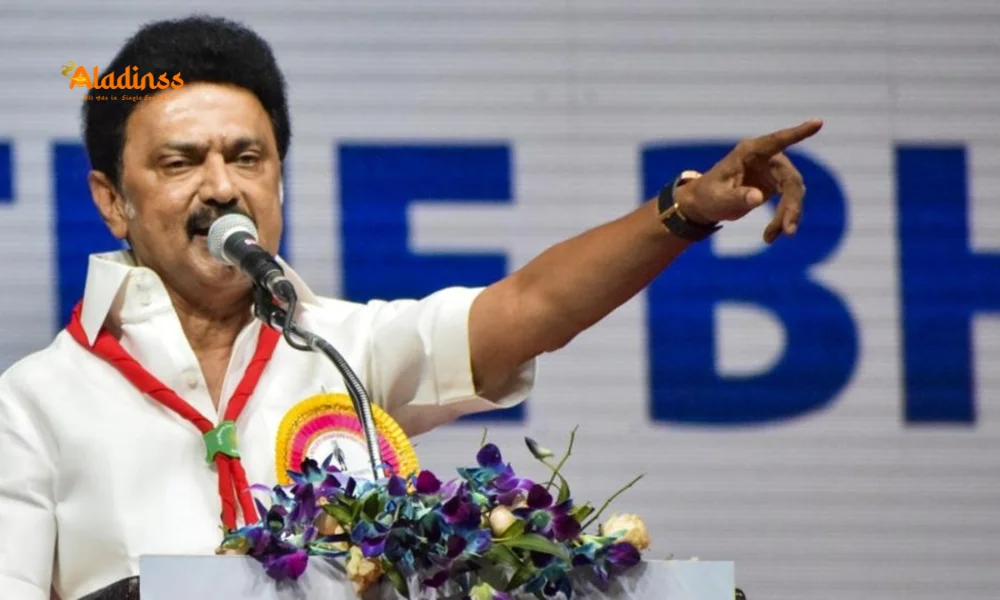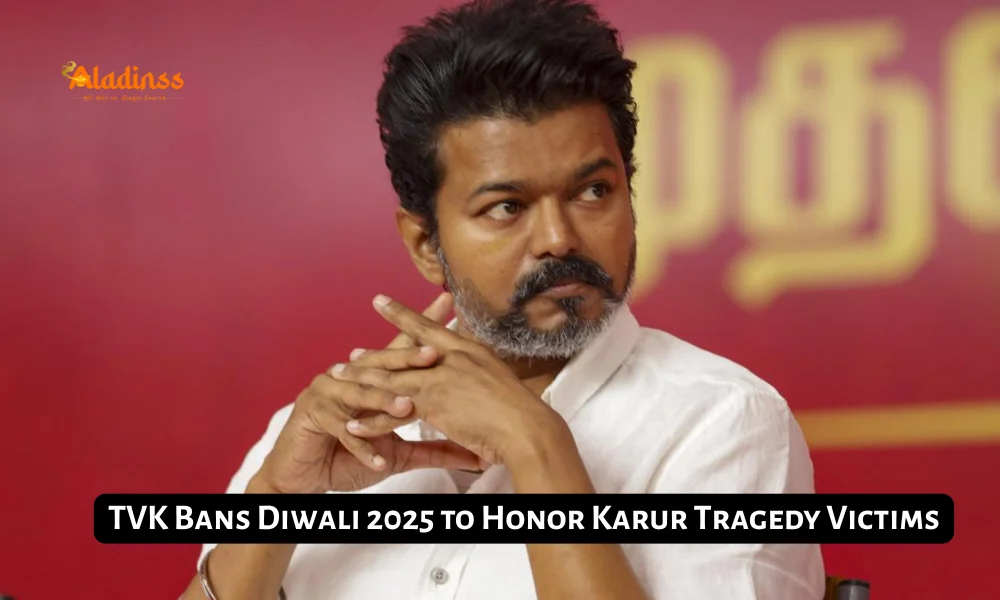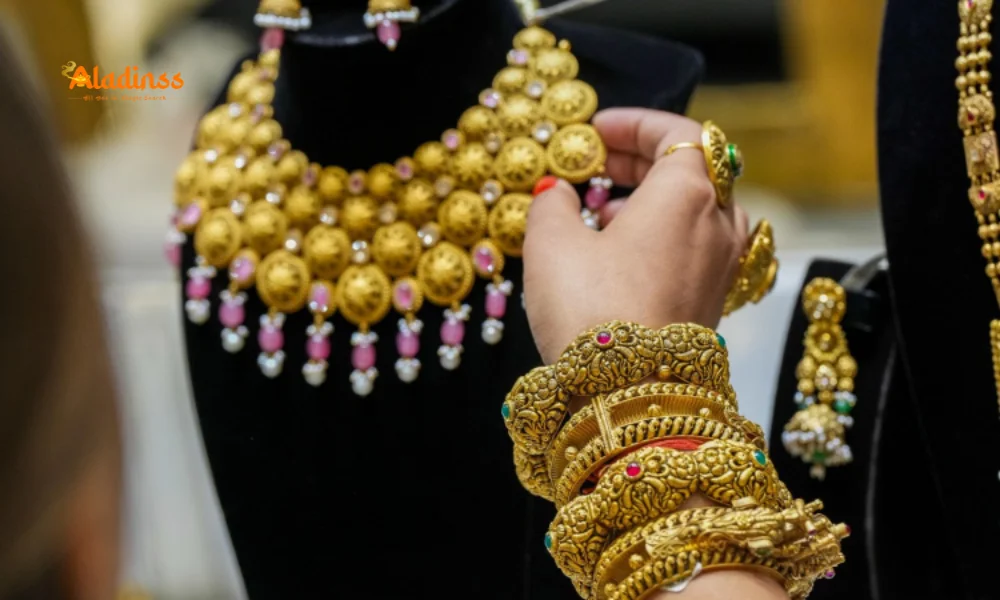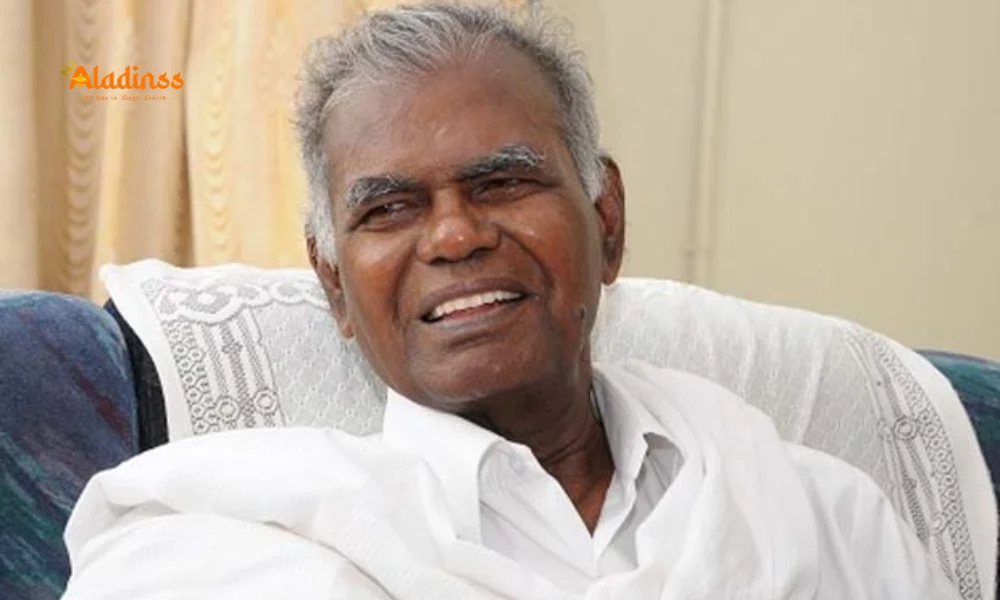Kim Jong Un, Putin at China’s 2025 Victory Day Parade
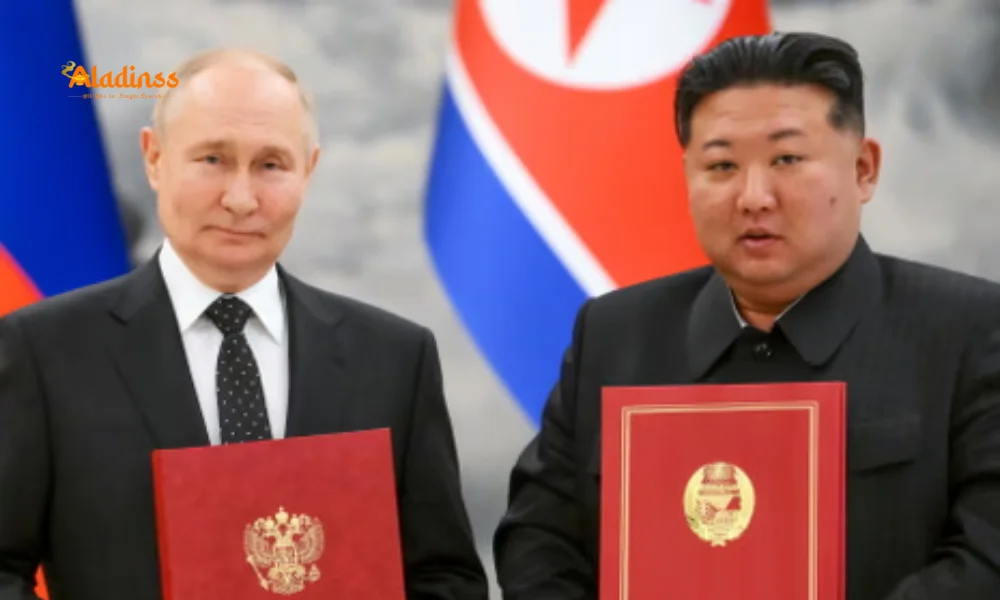
Kim Jong Un Joins Putin at China's 2025 Victory Day Parade in Beijing
In a landmark diplomatic event, North Korean leader Kim Jong Un will attend a military parade in Beijing on September 3, 2025, alongside Russian President Vladimir Putin, marking a significant moment for China's global influence. The parade, commemorating the 80th anniversary of Japan's surrender in World War II, is set to showcase China's military prowess and solidify its strategic alliances. Hosted by Chinese President Xi Jinping, the event will see 26 foreign heads of state and government, highlighting Beijing's growing role in shaping a new world order. This rare appearance by Kim, his first at a Chinese military parade since 1959, underscores the deepening ties between China, North Korea, and Russia amidst global tensions. The parade, expected to feature advanced weaponry and tens of thousands of troops, will be a focal point for analysts and Western powers observing China's military and diplomatic strategies.
The event comes at a time of heightened geopolitical uncertainty, with the United States, under President Donald Trump, seeking to negotiate an end to the Russia-Ukraine conflict and expressing interest in meeting Kim Jong Un. The absence of most Western leaders, due to their opposition to Russia's actions in Ukraine, further emphasizes the parade's role as a platform for China to project solidarity with its allies. This article explores the significance of the event, the key attendees, the diplomatic implications, and the broader context of China's military and geopolitical ambitions.
A Historic Gathering in Beijing
The Victory Day parade, scheduled for September 3, 2025, in Beijing's Tiananmen Square, is a meticulously planned event to mark the 80th anniversary of the end of World War II. The parade will feature over 10,000 military personnel from 45 echelons of the People's Liberation Army (PLA), alongside war veterans, showcasing China's restructured military forces. Advanced weaponry, including hundreds of aircraft, tanks, and anti-drone systems, will be displayed, offering a rare glimpse into China's modernized arsenal. This is the first time the PLA's new force structure will be fully showcased, making the event a significant moment for military analysts worldwide.
Kim Jong Un’s participation is particularly noteworthy, as it marks his first multilateral international meeting since assuming power in 2011. His last visit to Beijing was in 2019 for the 70th anniversary of diplomatic ties between China and North Korea, and his presence at the 2025 parade underscores the strengthening of the China-North Korea alliance. The attendance of Vladimir Putin further amplifies the event’s geopolitical weight, as the two leaders’ joint appearance with Xi Jinping signals a unified front against Western influence. The parade is expected to last 70 minutes, with Xi surveying the troops, reinforcing his role as China’s paramount leader.
Diplomatic Significance for Xi Jinping
For Chinese President Xi Jinping, the parade is a diplomatic triumph, positioning China as a central player in global geopolitics. Xi has been advocating for a Beijing-led world order, and the presence of Kim and Putin at the parade strengthens his influence over two key allies. This event allows Xi to demonstrate his ability to convene leaders from sanctions-hit nations like Russia and North Korea, at a time when the U.S. is attempting to broker a deal with Moscow to end the Ukraine conflict. The parade serves as a platform for Xi to project confidence and authority, particularly as he prepares for a potential meeting with U.S. President Donald Trump later in 2025 to discuss trade and tariffs.
China’s Assistant Foreign Minister Hong Lei, speaking at a press conference on August 28, 2025, emphasized the "traditional friendship" between China and North Korea, highlighting their collaboration during the fight against Japanese invasion eight decades ago. This historical narrative underscores the parade’s theme of unity and resilience, while also signaling China’s commitment to maintaining close ties with Pyongyang. Kim’s attendance, an upgrade from the 2015 parade when North Korea sent a senior official, Choe Ryong-hae, reflects the growing strategic alignment between the two nations.
Key Attendees and Global Representation
The parade will host 26 foreign heads of state and government, including leaders from Indonesia, Malaysia, Pakistan, and Myanmar. Notably, Myanmar’s junta chief, Min Aung Hlaing, will attend, reflecting China’s economic and political support for the military regime. The presence of Southeast Asian leaders like Indonesia’s President Prabowo Subianto and Malaysia’s Prime Minister underscores Beijing’s efforts to strengthen ties with the Global South, particularly in Southeast Asia. However, the absence of most Western leaders, except Slovakia’s Prime Minister Robert Fico, highlights the geopolitical divide, driven by opposition to Russia’s actions in Ukraine.
The limited European representation, with countries like Bulgaria, Hungary, and Singapore sending lower-level officials, contrasts with the 2015 parade, which saw broader participation from European nations. The decision by Western leaders to skip the 2025 event is largely due to sanctions against Russia and concerns over North Korea’s nuclear ambitions and support for Russia’s war efforts. This selective attendance reinforces the parade’s role as a stage for China to align with nations critical of Western dominance, while also showcasing its diplomatic reach across Asia and beyond.
Geopolitical Context and Western Concerns
The joint appearance of Xi, Kim, and Putin comes at a time of heightened global tensions, particularly over Russia’s invasion of Ukraine and North Korea’s expanding nuclear arsenal. Kim’s support for Russia, including the supply of weapons and troops, has alarmed the U.S. and its allies, who have accused China of indirectly aiding Moscow’s war efforts—allegations Beijing denies. The parade provides a platform for the three leaders to project a unified stance against Western sanctions and influence, challenging the U.S.-led international order.
U.S. President Donald Trump’s absence from the parade, coupled with his expressed interest in meeting Kim Jong Un, adds another layer of complexity. The White House has hinted at a possible Asia visit by Trump in late October 2025, potentially to finalize a tariffs deal with Xi. The Beijing parade allows Xi to enter such discussions with the backing of Kim and Putin, enhancing his negotiating leverage. This strategic alignment underscores China’s role as a counterbalance to Western powers, particularly as it navigates territorial disputes in Taiwan and the South China Sea.
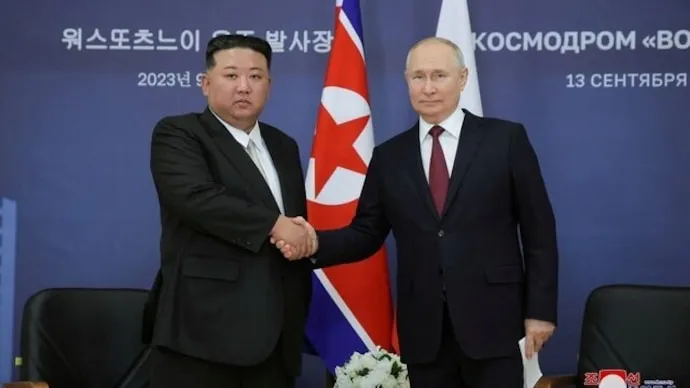
China’s Military and Diplomatic Ambitions
The Victory Day parade is not only a commemoration but also a demonstration of China’s growing military might. The PLA’s display of advanced weaponry, including anti-drone systems and next-generation aircraft, signals China’s advancements in defense technology. The parade’s timing, amidst heightened tensions over Taiwan and territorial disputes with neighboring countries, underscores Beijing’s assertive posture. Analysts expect the event to highlight China’s military modernization under Xi’s leadership, reinforcing its status as a global superpower.
Diplomatically, the parade strengthens China’s alliances with Russia and North Korea, both of which face Western sanctions. The 1961 mutual defense treaty between China and North Korea remains a cornerstone of their relationship, with Beijing serving as Pyongyang’s primary economic and political patron. Similarly, China’s strategic partnership with Russia has deepened since the Ukraine conflict began in 2022, with Beijing providing economic support to Moscow. The parade’s high-profile guest list, including leaders from the Global South, reflects China’s efforts to build a coalition that counters Western influence.
Regional and Global Implications
The presence of Kim and Putin at the parade has significant implications for East Asian geopolitics. North Korea’s closer ties with Russia, cemented by a 2024 defense pact, have complicated China’s efforts to maintain regional stability. Xi has cautiously supported Russia while avoiding direct involvement in the Ukraine conflict, but Kim’s military support for Moscow has raised concerns among U.S. allies like South Korea and Japan. The parade’s optics, with Xi, Kim, and Putin standing side by side, will likely intensify these concerns, signaling a formidable anti-Western bloc.
The event also highlights China’s growing influence in Southeast Asia, with leaders from Indonesia and Malaysia attending. This reflects Beijing’s strategic outreach to the region, driven by economic initiatives like the Belt and Road Initiative and trade agreements. However, the limited European presence, with only Slovakia’s Robert Fico representing the EU, underscores the growing divide between China and Western powers. The parade’s global audience will closely watch how China balances its alliances with its broader diplomatic ambitions.
Public and Media Reactions
The announcement of Kim Jong Un’s attendance has sparked widespread discussion on social media and in global media outlets. Posts on platforms like X have highlighted the parade’s significance as a show of defiance against the West, with some users speculating about its impact on U.S.-China relations. Others have expressed concern about the strengthening China-Russia-North Korea axis, particularly in light of Kim’s military support for Russia. The parade is expected to generate iconic images of Xi, Kim, and Putin, amplifying its symbolic weight in global politics.
Western media have framed the event as a challenge to the U.S.-led order, while Chinese state media, such as Xinhua, have emphasized the parade’s historical and diplomatic significance. The event’s choreography, with thousands of troops marching in formation, is designed to project strength and unity, resonating with domestic audiences in China and its allies. As the parade approaches, its coverage will likely dominate global news cycles, shaping perceptions of China’s role on the world stage.
Comment / Reply From
No comments yet. Be the first to comment!
